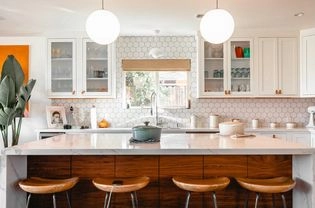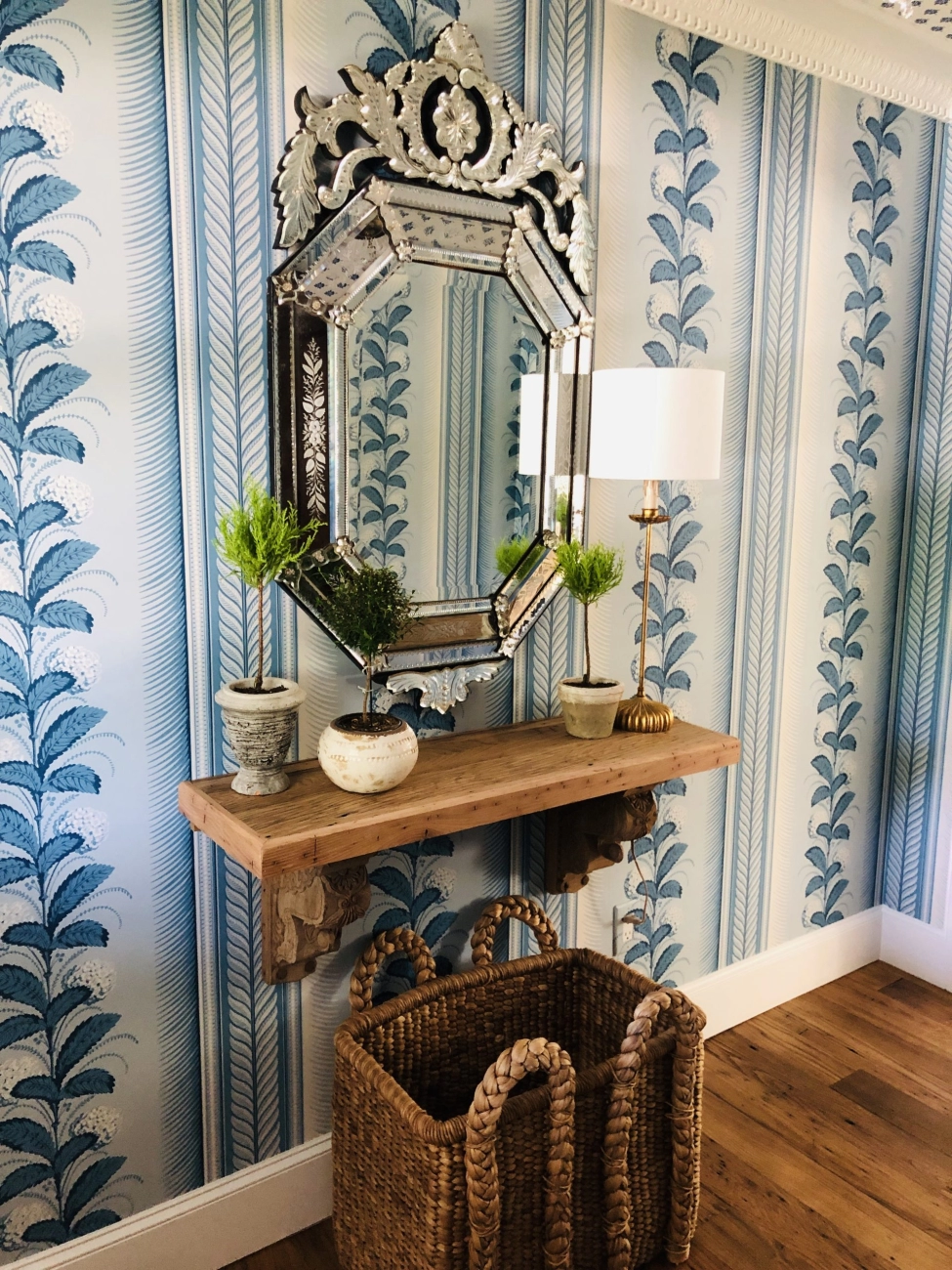The One Thing Interior Designers Avoid in Small Rooms Oversized Furniture
Share
The Number One Design Trap Shrinking Your Small Room Without You Knowing
Have you ever walked into a cozy apartment only to feel instantly cramped, even though the room should feel open? The silent culprit is often oversized furniture—a mistake that sneaks into many small spaces without warning. That bulky sofa or oversized armchair may seem comfortable, but in tight rooms, it quietly eats up valuable floor space, interrupts natural light, and disrupts the flow you didn’t know you needed.
This common scenario happens more than you think: you pick a stylish piece because it looks great in the store, only to realize it overwhelms your living room or bedroom once it’s home. The good news? You don’t have to sacrifice comfort or style to create a roomy, inviting atmosphere. In this article, we’ll reveal expert-approved scaled solutions that help you choose furniture perfectly sized for your small space—so you can breathe easy and live larger.
Why Oversized Furniture is the Ultimate Small Room Saboteur

Oversized furniture is a sneaky problem in small rooms. When pieces are too big, they take up more space than necessary, blocking natural flow and making your room feel crowded. They also cut off light, which can make a small space feel dark and cramped instead of open and inviting.
Experts agree that scale is everything. Furniture that’s just too large for your room overwhelms the eye and creates a claustrophobic vibe. Psychologically, it feels uncomfortable to be in a space where you can’t move freely or see a clear path. This impacts both how you use the room and how relaxed you feel in it.
Common signs of oversized furniture include:
- Limited walking space that makes moving around tricky
- Blocked windows or light sources reducing natural brightness
- A cluttered look even when there’s not much stuff around
- Difficulty arranging other pieces without overcrowding
For many apartment dwellers, especially in urban homes, these challenges are even tougher. Compact spaces need smart, proportional furniture to keep things lively and functional. Without it, your apartment can quickly feel more like a storage unit than a comfortable living spot.
Beyond Size Five Compounding Mistakes That Amplify the Problem

Avoiding oversized furniture is just the start. There are five common mistakes that make small rooms feel even smaller and cluttered.
Mistake 1 Wall-hugging layouts
Pushing all your furniture against the walls can actually squish the room and kill flow. Instead, try floating key pieces a few inches away from walls. This creates a sense of depth and air, making the space feel balanced rather than cramped.
Mistake 2 Single overhead lighting
Relying on just one ceiling light leaves your room flat and shadowy. Layer your lighting with floor lamps, table lamps, or wall sconces to add warmth and dimension. This lighting trick for small apartments enhances both mood and functionality.
Mistake 3 Overloading with dark tones
Dark colors aren’t off-limits but using too many in a tiny room can close the space in. Stick to lighter shades or a balanced color scheme for small bedrooms and living areas. Using light neutrals with pops of color opens things up visually.
Mistake 4 Clutter from mini furnishings and multifunctional hybrids
It’s tempting to pack a small room with lots of mini furniture or multifunctional pieces, thinking it saves space. But overcrowding with tiny items or hybrids can create visual noise and clutter. Choose a few well-scaled statement pieces instead.
Mistake 5 Ignoring negative space
Negative space isn’t empty space wasted—it’s breathing room for your design. Leaving some floor space empty or underutilized balances furniture and decor, helping the room feel bigger and less cluttered.
Fixing these common interior design mistakes tiny rooms helps keep your small space furniture scale in check and turns a cramped apartment into a cozy, functional home.
Pro Approved Solutions Scale Smart with Formo Furniture
When it comes to small space furniture scale, the key is planning before buying. Measure twice, then map out your room. Use simple tools or apps to create a floor plan—it stops guesswork and keeps your space from feeling cramped.
Multifunctional furniture is a game-changer. Think of a room & board sofa that doubles as storage or a petite keep trunk for seating and hiding clutter. Formo Furniture offers smart options designed exactly for these compact spaces, helping you get more from less without overcrowding.
Lighting and color also play huge roles in making small rooms feel airy. Try layering lights instead of relying on a single overhead fixture. Use mirrors to bounce natural light, and choose lighter curtains that invite brightness but still add softness. Light, neutral color schemes work wonders in small bedrooms and home offices, making every inch feel open.
Finally, layout matters. Whether it’s the living room, bedroom, or a small home office, follow these simple blueprints:
- Keep larger items scaled but avoid wall-hugging layouts that block flow.
- Mix smaller, multifunctional pieces with open floor areas.
- Position mirrors opposite windows to amplify light.
- Use curtains that extend beyond the window frame to create the illusion of bigger windows.
- Include Formo furniture combos designed to save space without sacrificing style.
These strategies come straight from experts and the Formo line focuses on practical yet stylish solutions that work perfectly in urban homes. Following this blueprint will help you avoid common interior design mistakes tiny rooms fall into, making your small room feel larger, brighter, and more functional.
Real Results Before and After Transformations
Let’s talk real changes. We worked with several local clients who struggled with tight spaces and oversized furniture. After switching to Formo furniture’s small space collection, their rooms felt instantly bigger and more functional.
Here’s what we saw:
- 25-30% more walkable space just by swapping a bulky sofa for a scaled, proportional piece.
- Better flow and light with smarter layouts using multifunctional furniture.
- Clutter dropped significantly when they embraced Formo’s compact designs and smart storage options.
One NYC apartment went from cramped and dark to open and inviting. Another small bedroom in Chicago transformed because they added light layers and colors paired with right-sized pieces.
If you’re ready to stop shrinking your space without knowing it, check out the Formo small space collection. Their designs focus on smart scale, function, and style—perfect for urban homes like yours.
Start making your small room feel bigger and better today.
